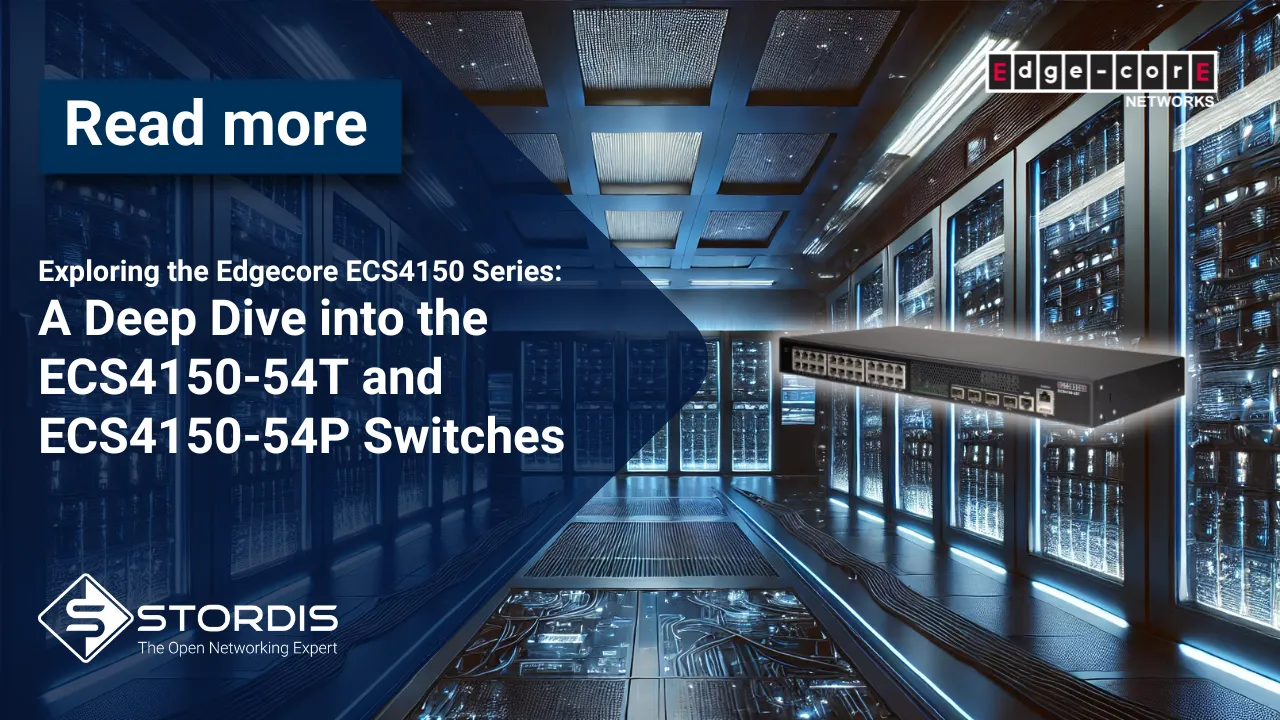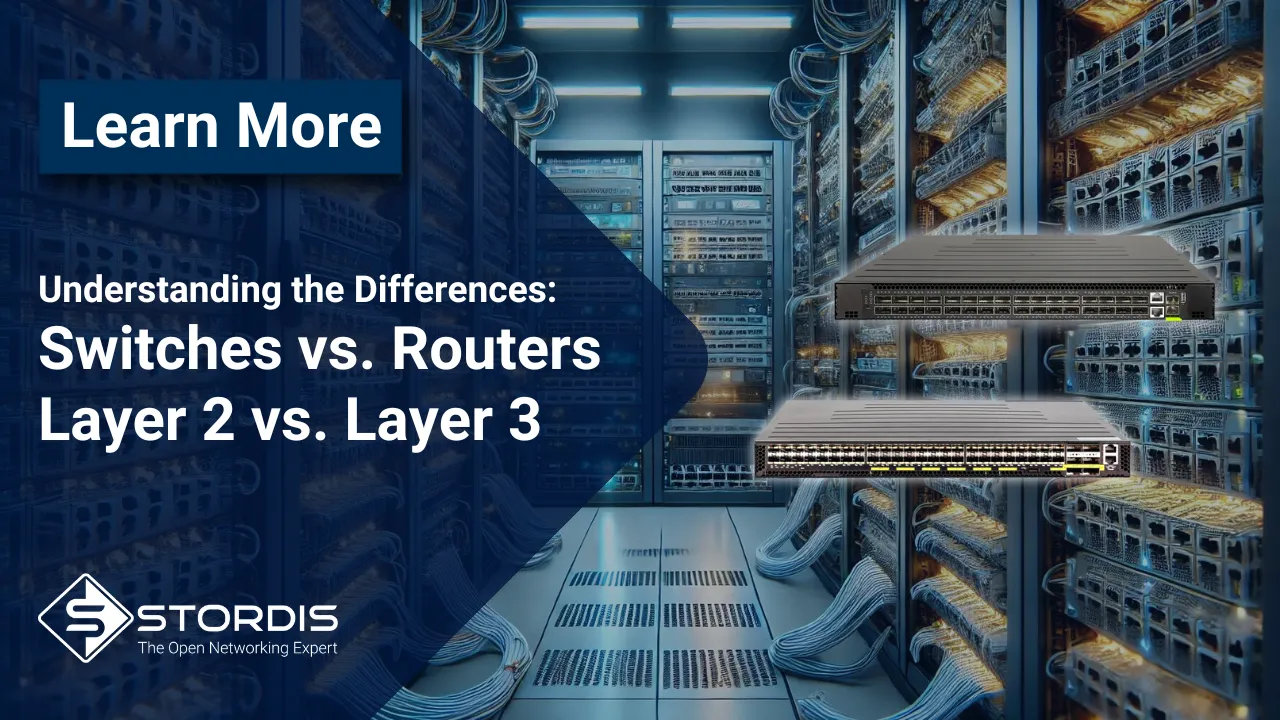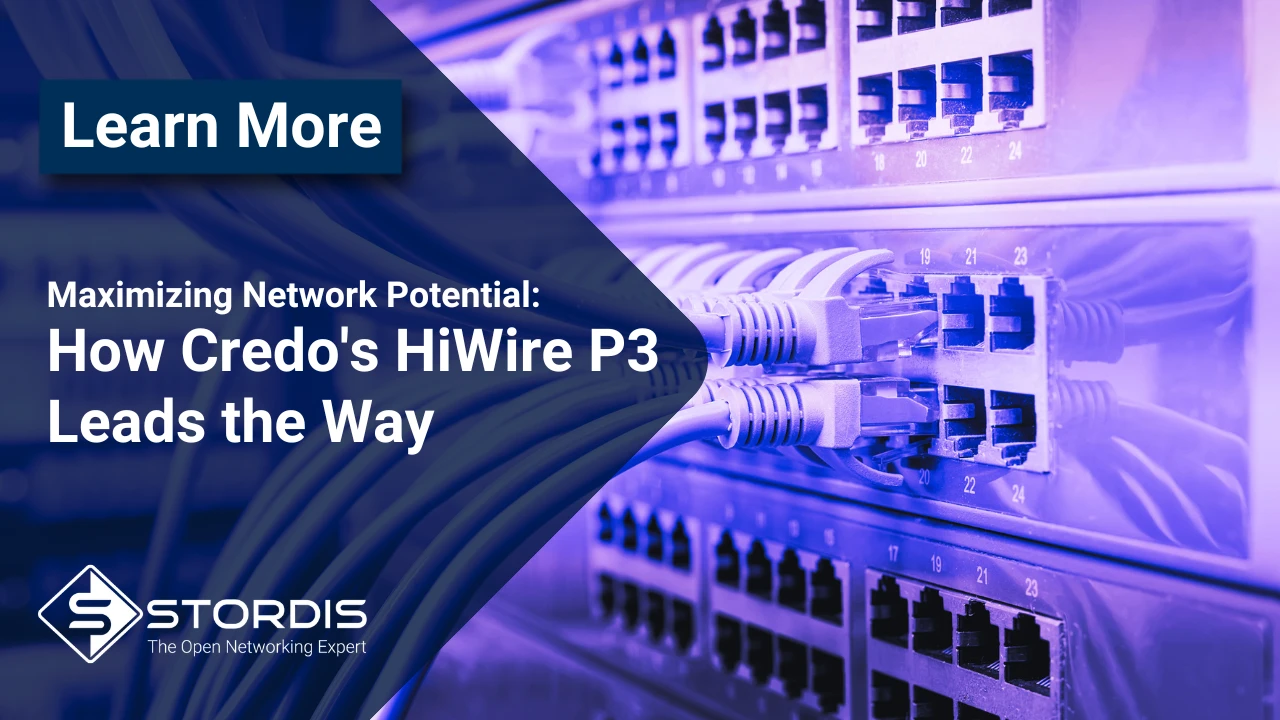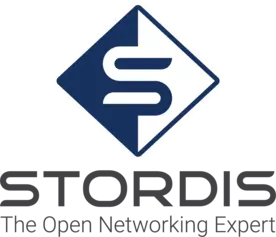- You have no items in your shopping cart
- Continue Shopping
Open Source vs Open Networking vs SDN
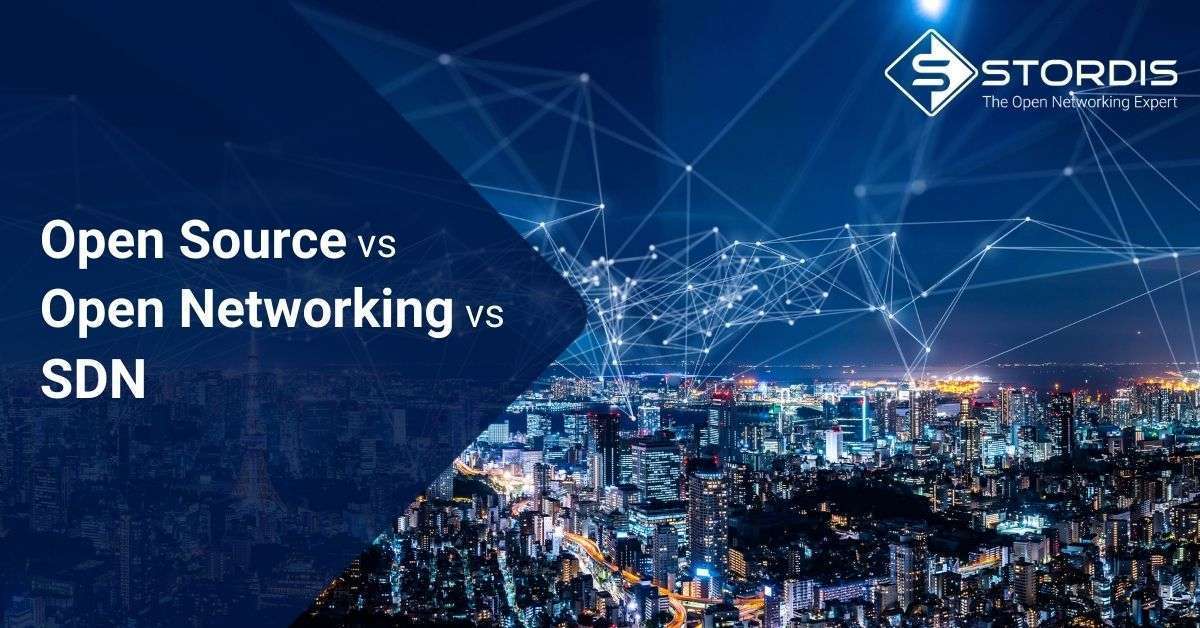
While these three are closely linked to networking, they differ technically and practically. Many people find it challenging to distinguish between them because of the interrelation. A Software-Defined Network can be both open networking and open source. However, something can be open source but not open networking since they aren’t the same thing. With this in mind, figuring out what each of these does is essential to understand its benefit in the networking industry.
Open flow or open source works in the same way as an API by configuring network switches. On the other hand, open networking provides for a breakdown of the complex nature of software and hardware to offer a more programmable and scalable network. This way, it can be configured to meet a variety of requirements. Open-source and open networking follow a common ground in that they are both open but differ in application.
SDN (Software-Defined Network) is a close-knit of programmable interfaces used in a network infrastructure to improve automation while providing network services. However, the term SDN has been used to define a variety of technologies. But, it can be specified explicitly in its application.
How to distinguish between Open Source, SDN and Open Networking?
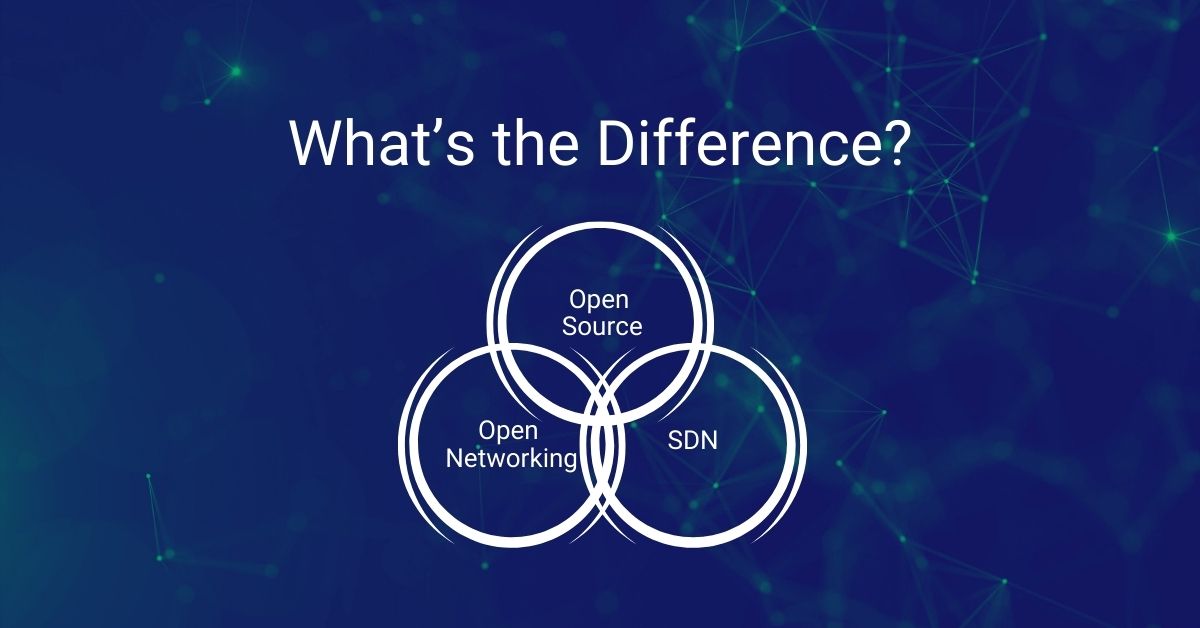
It is excusable that many people fail to distinguish between the three because of their relation. However, they cannot be used interchangeably. This article provides insights to understand each of them and distinguish it from the other.
What is Open Source?
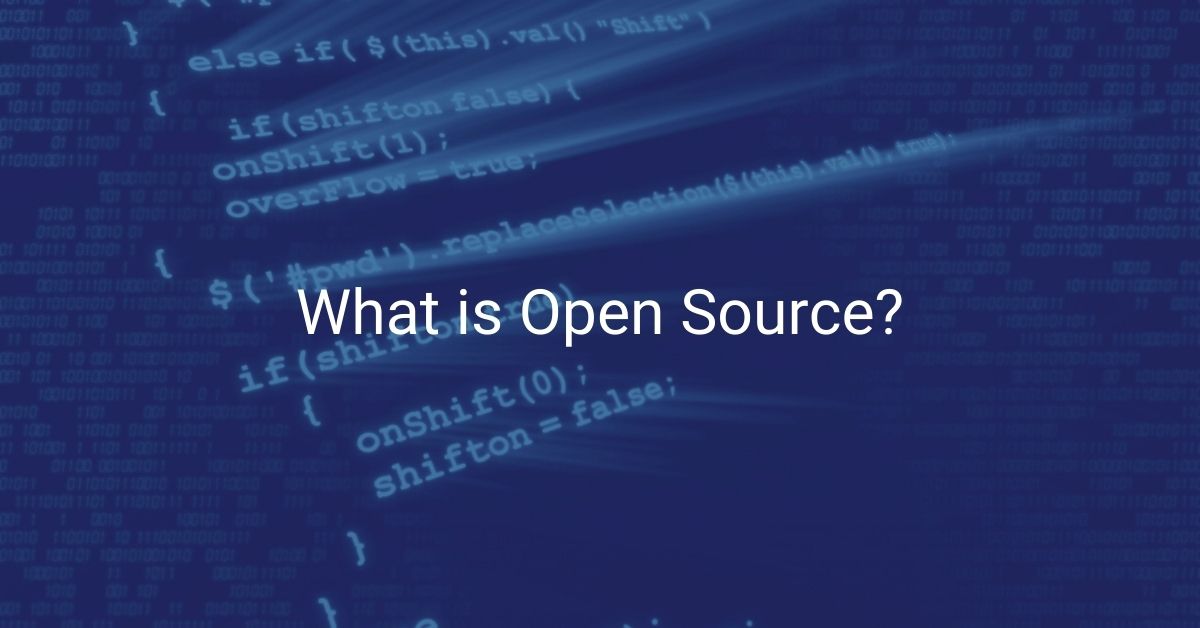
Simply put, open source is easily accessible, and the source code can be manipulated, reprogrammed, and scaled to meet requirements. This includes software and programs accessible to the public and can be shared almost by anybody. When the source code is available to anyone on the internet, the need to rework is increasingly possible. Anybody can view, modify, share, and even learn how to im[prove the software.
An Open Source is convenient for creating communication paths, technical communities and also helps construct networking equipment such as Ethernet switches. This networking model is highly favored by developers, vendors, engineers, and service providers. It draws great attention to anyone who appreciates developing a specific type of software and programs. While it sounds pretty simple, there is more than meets the eye! An open-source application or program requires one to comply with licenses. These may include General Public License (GNU) or Apache license. The license will define the terms, agreement, and conditions of the source code’s use and distribution. However, a second user may need to preserve or agree to the terms before redistributing or altering the code. This way, the name of the developer and/or authors is maintained and preserved.
What is Open Networking?
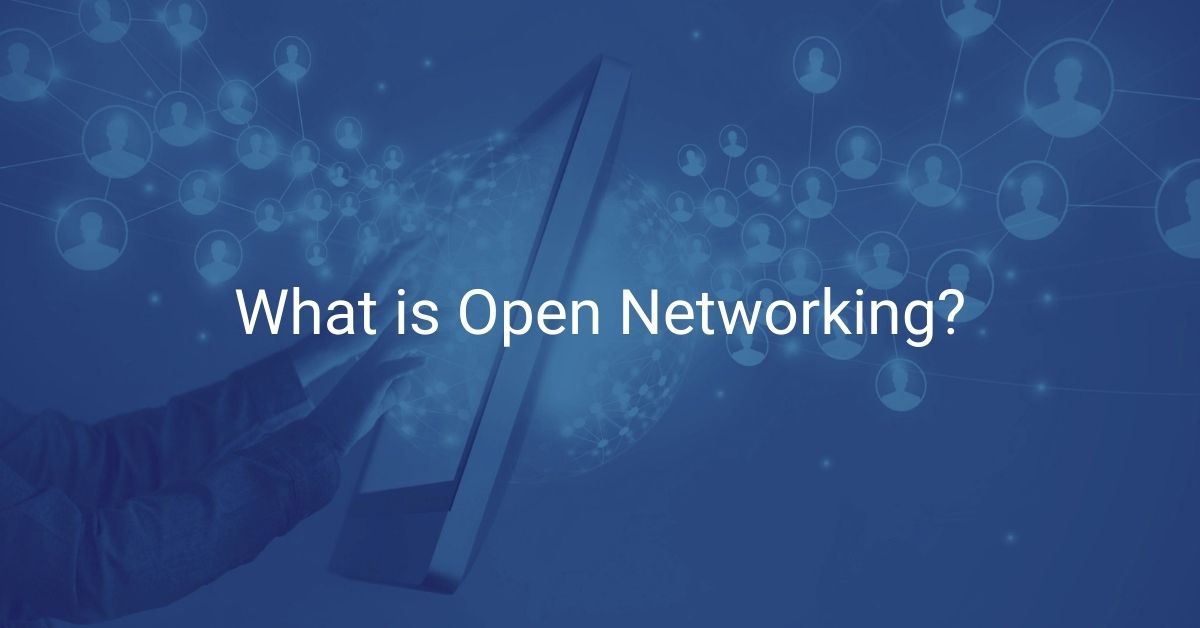
Open Networking is a unique combination of using bare-metal switch hardware (coming from such as ODM companies like Accton / Edgecore, Delta / Agema, UfiSpace) with a different NOS (Networks Operation Software) which could be a commercial one (ex. Pica8, IP Infusion, RTBrick, Pluribus Networks, Capgemini /Altran etc.) or open source (like SONiC or DENT) as long as you have compatibility with the CPU, U-boot and ASICs – other words saying so-called porting need to be done first. As those all mentioned NOS options are base on Linux, you are getting a chance to use a wide range of commercial or again open source tools for management, configuration, and automation such as Chef, Puppet, Ansible, or Grafana, Prometheus, and more.
Network engineers and administrators have found much success with this kind of system because they don’t have to rely on one specific software or hardware but instead choose from many options to create a solution that benefits their needs.
Would you like to learn more about Open Networking clik here.
What is Software-Defined Network (SDN)?

SDN is essentially meant to decouple data packets within a network. It provides centralized management and configuration of the network instead of using several switches and servers throughout the network. This is crucial since an enterprise or network provider can respond efficiently to changing trends in the business environment.
SDN provides for programmable interfaces within a network, making it easier to apply them together with other networking technologies. There are 3 types of SDN architectural layers including;
- Physical Network – This is the lowest layer in the network infrastructure. It includes devices such as ethernet switches forming the IT infrastructure of the network. Virtual switches can also be classified into a physical network.
- SDN Application – This is the visible layer in an SDN design similar to modern-day applications and software. They run on dedicated programs and hardware, but the innovation comes from SDN applications.
- SDN Controller – It is the linchpin to the entire infrastructure, linking both the virtual and physical network. It provides an avenue for integration and usability of the whole infrastructure.
In a modern application of a Software-Defined Network, a vendor will provide both the application and the SDN controller as a unit. However, the controller takes center stage as a crucial element for the entire network infrastructure.
Are they one and the same thing?
Well, there is a complete difference between Open Source, Software-Defined Network, and Open Networking. Both SDN and open source play a combined role in offering open networking. However, they are not equally the same. On the same note, both Open Networking and Open Source work under the same principle and concept of being open. But they are quite different.
From the definitions above, you will notice how they differ from the others in concept and application
Free Software vs Open Source Software
Many people tend to confuse Open Source software as free. The fact that it is accessible to the public for modification, sharing, and manipulation is not necessarily free. Some vendors opt to charge a one-time fee while others charge for installation, troubleshooting, and helping customers manipulate the software. In the former, a vendor may lose their licenses and will have to release the source code to the customer.
Before deciding on the perfect choice, choose the software that relates to you according to your actual needs.
Want to Learn More About it?
Get in touch with us and we will answer all of your questions.Comments
You might be interested in
